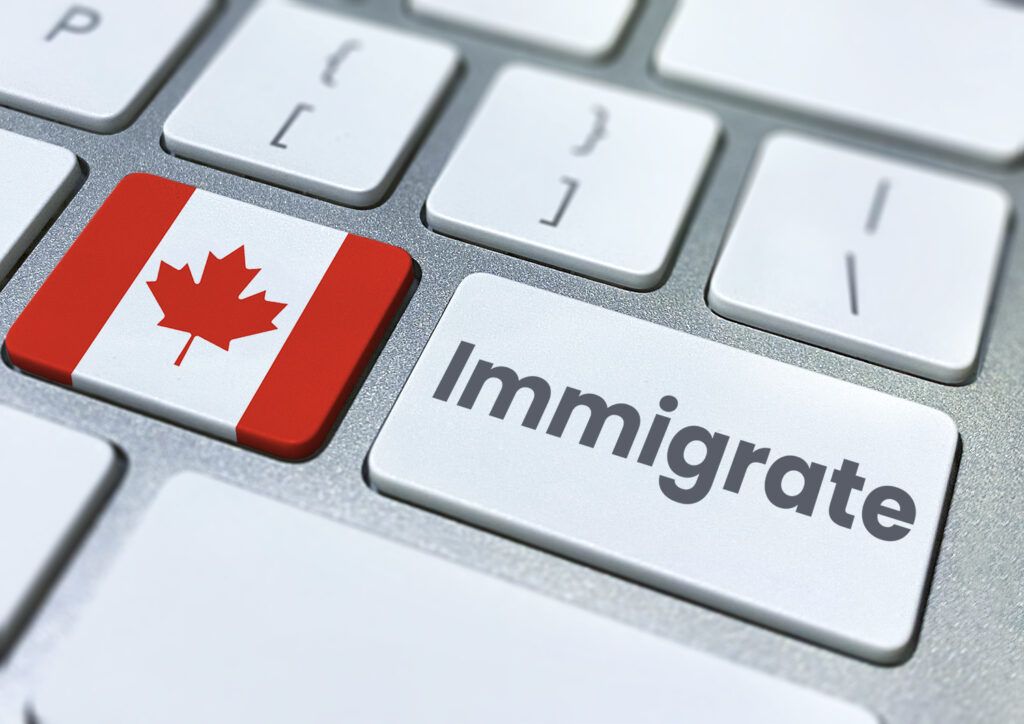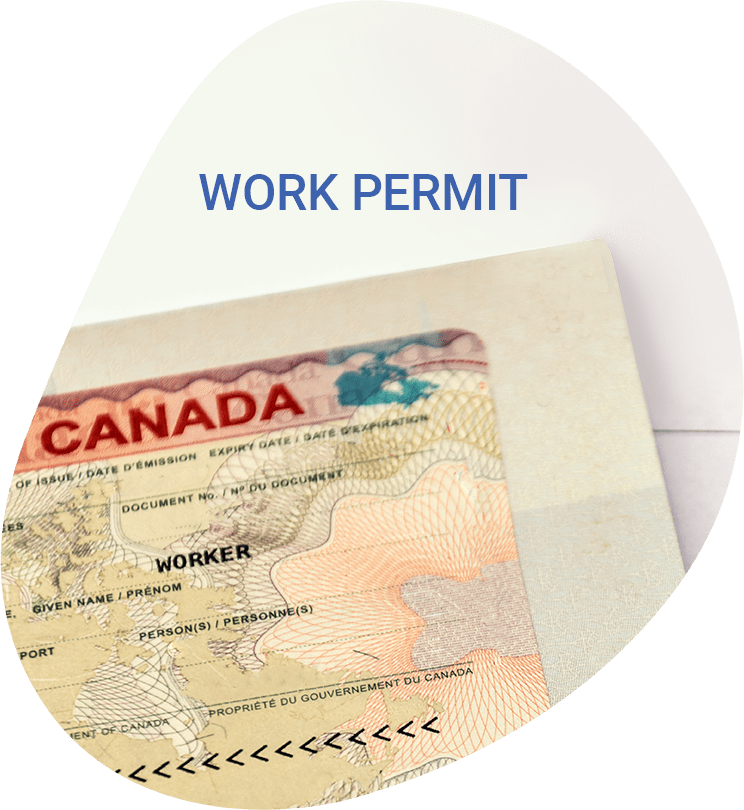IMMPROVED is a new Next-Gen Immigration software that helps people understand how to move to Canada. When you use IMMPROVED, you answer some easy questions online about yourself. After that, it gives you advice on the best ways to immigrate. This makes the immigration process simple and clear. It helps you know exactly what steps to take and what options you have.
What are the Features of IMMPROVED?
IMMPROVED has many useful features that make it easy for you to use:
- Personalized Questionnaire: You answer questions about your background including work experience and education. This way, IMMPROVED can give you advice that fits you perfectly. The questions are simple and straightforward, so anyone can answer them without any trouble.
- Instant Results: After you finish the questionnaire, you get your immigration options right away. There is no waiting time. This means you can quickly see what paths are available to you and start planning your next steps.
- Automatic Updates: IMMPROVED will send you alerts when there are new immigration programs that match your profile. You don’t have to keep checking for updates yourself. This feature helps you stay informed about the latest opportunities without extra effort.
- Expert Design: This tool was created by some of the top immigration experts in Canada. This means the advice and information you get are accurate and reliable. You can trust that you are getting the best guidance.
- Easy to Use: The tool is simple and user-friendly. Even if you are not good with technology, you can easily use IMMPROVED. The design is clear and easy to navigate, so you won’t get lost or confused.
What are the Benefits of IMMPROVED?
IMMPROVED offers many great benefits that can help you:
- Find the Best Options: With IMMPROVED, you can quickly see if you qualify to move to Canada and find out the best ways to do it. The best part is that it’s free to use. This makes it accessible to everyone, no matter their budget.
- Fast and Easy: The tool gives you results in seconds. This saves you a lot of time because you don’t have to spend hours searching for information. You can get the answers you need right away and start planning your move.
- Better Chances of Approval: The advice you get is tailored to your profile. This can improve your chances of getting your immigration application approved. Plus, IMMPROVED keeps you updated about new programs that fit you. Staying informed helps you take advantage of new opportunities as soon as they become available.
- Trusted Experts: IMMPROVED was made by top Canadian immigration experts. This means you can trust the advice and information you receive. Knowing that experts are guiding you can give you peace of mind during the immigration process.
What Sets IMMPROVED Apart?
IMMPROVED is special because:
- Clear Information: IMMPROVED gives you easy-to-understand advice about your immigration options. This helps you feel more confident and informed about your journey. You won’t feel overwhelmed by complicated legal terms.
- Personalized Advice: The recommendations you get are specific to your profile. This makes the advice more relevant and helpful for you. You won’t get generic information that might not apply to your situation.
- Automatic Updates: IMMPROVED sends you automatic notifications about new immigration programs that match your profile. You don’t have to keep checking for updates yourself. This feature saves you time and keeps you informed about the latest opportunities.
- Expert Help: The tool was created by experienced immigration consultants. This means you get reliable and expert advice. You can trust that the information you receive is accurate and up-to-date.
- Happy Users: 9 out of 10 people who have used IMMPROVED, had a great experience. The tool is extremely easy to use which brings happiness and satisfaction in the mind of users.
Conclusion
IMMPROVED represents our dedication to innovation and excellence in the field of immigration. With its personalized recommendations, instant results, and expert-driven development, IMMPROVED is the ultimate tool for navigating the complexities of Canadian immigration. Try IMMPROVED today and take the first step towards your new life in Canada with confidence and ease.



